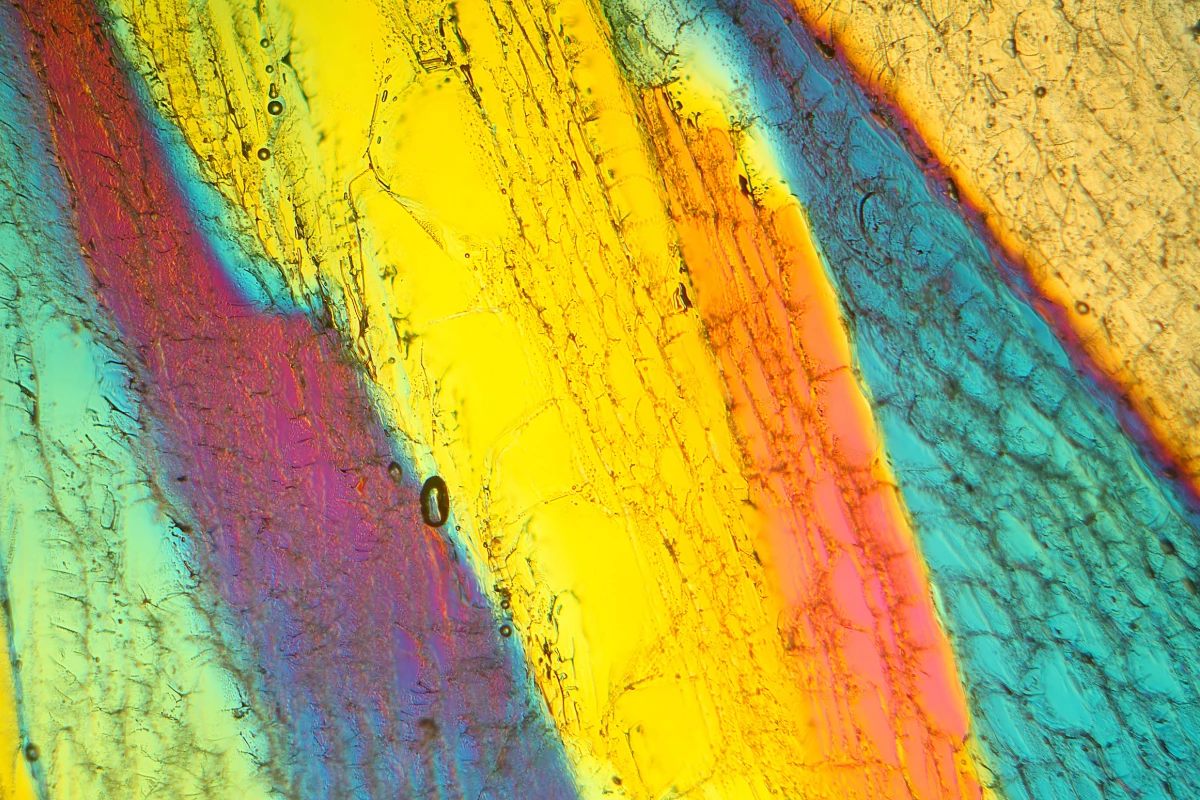Science
Scientists Uncover New Ice Form, Ice XXI, at Room Temperature

Researchers have discovered a new form of ice, designated as ice XXI, that forms under surprising conditions at room temperature. This groundbreaking study highlights the complexities of water’s behavior under pressure, revealing that water can undergo multiple freeze–melt cycles before settling into a stable ice structure. The findings, published in Nature Materials, could enhance our understanding of icy environments on Earth and beyond.
Water, composed of just two atoms—hydrogen and oxygen—has the capacity to freeze into more than 20 distinct types of ice, each with unique internal structures. While most of these forms require extreme conditions, researchers from the Korea Research Institute of Standards and Science (KRISS) have found that ice XXI can emerge at pressures around 1.6 gigapascals in a laboratory setting.
Using advanced techniques involving diamond anvil cells and X-ray lasers, the scientists monitored the behavior of super-compressed water. The research team, led by scientist Geun Woo Lee, noted a fascinating phenomenon: rather than freezing in a single step, water underwent a series of freeze–melt cycles, ultimately leading to the formation of ice XXI. This form of ice has a unique atomic structure and is classified as metastable, meaning it can persist in an unstable state for a time.
The research utilized a combination of high-speed cameras, laser sensors, and real-time monitoring tools to observe the transformation of water at room temperature. By adjusting pressure rhythmically, the team captured intricate snapshots of the structural changes occurring within the water. They employed powerful X-ray beams from the European XFEL to identify the precise moment water transitioned into ice XXI, utilizing a detection system that operated at different speeds to ensure accuracy.
In addition to the experimental work, the researchers conducted molecular dynamics simulations using two models: SPCfw45 and TIP4P/Ice46. The simulations revealed that when water is super-compressed, it does not freeze uniformly. Instead, it follows at least five different crystallization pathways, even at room temperature, indicating a more complex behavior than previously understood.
Lee emphasized the significance of these findings, stating, “Rapid compression of water allows it to remain liquid at higher pressures, where it should have already crystallized to ice VI.” This discovery not only adds a new chapter to the study of ice but also opens avenues for understanding the conditions on icy moons and planets.
The implications of ice XXI extend beyond Earth. The study suggests that there may be additional metastable ice phases and transition pathways yet to be identified, potentially offering new insights into the compositions of celestial bodies. Rachel Husband, another member of the research team, noted that these findings could significantly enhance our understanding of icy environments in space.
As scientists continue to explore the diverse forms of ice, the discovery of ice XXI stands out as a remarkable advancement in the field, promising to deepen our knowledge of water’s behavior in both terrestrial and extraterrestrial environments.
-

 Business1 week ago
Business1 week agoIconic Sand Dollar Social Club Listed for $3 Million in Folly Beach
-

 Politics1 week ago
Politics1 week agoAfghan Refugee Detained by ICE After Asylum Hearing in New York
-

 Health1 week ago
Health1 week agoPeptilogics Secures $78 Million to Combat Prosthetic Joint Infections
-

 Science1 week ago
Science1 week agoResearchers Achieve Fastest Genome Sequencing in Under Four Hours
-

 Lifestyle1 week ago
Lifestyle1 week agoJump for Good: San Clemente Pier Fundraiser Allows Legal Leaps
-

 Health1 week ago
Health1 week agoResearcher Uncovers Zika Virus Pathway to Placenta Using Nanotubes
-

 World1 week ago
World1 week agoUS Passport Ranks Drop Out of Top 10 for First Time Ever
-

 Entertainment1 week ago
Entertainment1 week agoJennifer Lopez Addresses A-Rod Split in Candid Interview
-

 Business1 week ago
Business1 week agoSan Jose High-Rise Faces Foreclosure Over $182.5 Million Loan
-

 World1 week ago
World1 week agoRegional Pilots’ Salaries Surge to Six Figures in 2025
-

 Top Stories1 week ago
Top Stories1 week agoChicago Symphony Orchestra Dazzles with Berlioz Under Mäkelä
-

 Science1 week ago
Science1 week agoMars Observed: Detailed Imaging Reveals Dust Avalanche Dynamics









